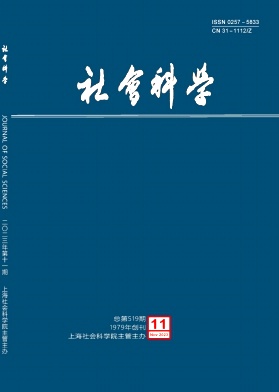The Red-lacquered ceramics of the Late Antique-Pre-Byzantine period Discovered in the Gonio-Apsaros area in 2018-2022
Q3 Social Sciences
引用次数: 0
Abstract
The article explores red-lacquered ceramics discovered in Gonio-Apsaros in recent years. The southwestern Georgia has yielded many diverse red-lacquered ceramics from the ancient and late antique periods, less from the early Byzantine era. However, recently more have been discovered, forming an intriguing category within the kitchenware. Being imported goods, they provide insights into the region's interactions with the world.The fragments of bowls (Late Roman C) including mouth, body, base, mouth-wall, fit into three distinct forms (10A, 10C, 3G/F) identified by Hayes. They are defined by orange, fine-grained ware, flared body and a mouth of varying cross-sections, separated by a delicate groove, traces of reddish varnish on the inside. A bowl fragment bears a cross-shaped mark with rings and can be associated with the types 67 and 68 of Hayes (LRC), with thickened, upturned mouths of polygonal or quadrangular cross-sections, light reddish-brown and fine-grained ware with occasional admixtures, somtimes remnants of pinkish-reddish varnish. 2019Due to the Byzantine Empire's expansion eastward, parts of Lazica became influenced by Byzantine economy, culture, politics. Apsaros fell within the Byzantine borders from the late 5th century. The growing discovery of materials near the Roman castle highlights the newfound significance of Apsaros increasing interest in it.keywords: Late Antiquity-Early-Byzantine period, South-west Georgia, Ceramics, Red-lacquered ceramics2018-2022年在Gonio-Apsaros地区发现的古代晚期-前拜占庭时期的红漆陶瓷
本文对近年来在戈尼奥-阿普萨罗斯发现的红漆陶瓷进行了探讨。乔治亚州西南部出产了许多古代和晚期的红漆陶瓷,早期拜占庭时代的红漆陶瓷较少。然而,最近发现了更多,在厨具中形成了一个有趣的类别。作为进口商品,它们提供了对该地区与世界互动的洞察。碗的碎片(罗马晚期C)包括嘴,身体,底座,口壁,适合三种不同的形式(10A, 10C, 3G/F),由海斯确定。它们由橙色、细纹理的器皿、喇叭形的身体和不同截面的口来定义,由精致的凹槽分开,内部有红色清漆的痕迹。一个碗碎片带有一个带环的十字形标记,可以与海斯(LRC)的67型和68型相关联,具有多边形或四边形横截面的加厚,上翻的口,浅红褐色和细粒度的器皿,偶尔有添加剂,有时残余的粉红色-红色清漆。2019 .由于拜占庭帝国的东扩,拉济察部分地区受到拜占庭经济、文化、政治的影响。从5世纪晚期开始,阿普萨罗斯就落入了拜占庭的版图。在罗马城堡附近发现的越来越多的材料凸显了Apsaros的新意义,人们对它越来越感兴趣。关键词:古晚期-拜占庭早期,乔治亚西南部,陶瓷,红漆陶瓷
本文章由计算机程序翻译,如有差异,请以英文原文为准。
求助全文
约1分钟内获得全文
求助全文
来源期刊

Journal of Social Sciences
Social Sciences-Social Sciences (all)
CiteScore
0.30
自引率
0.00%
发文量
0
审稿时长
6 weeks
期刊介绍:
 求助内容:
求助内容: 应助结果提醒方式:
应助结果提醒方式:


